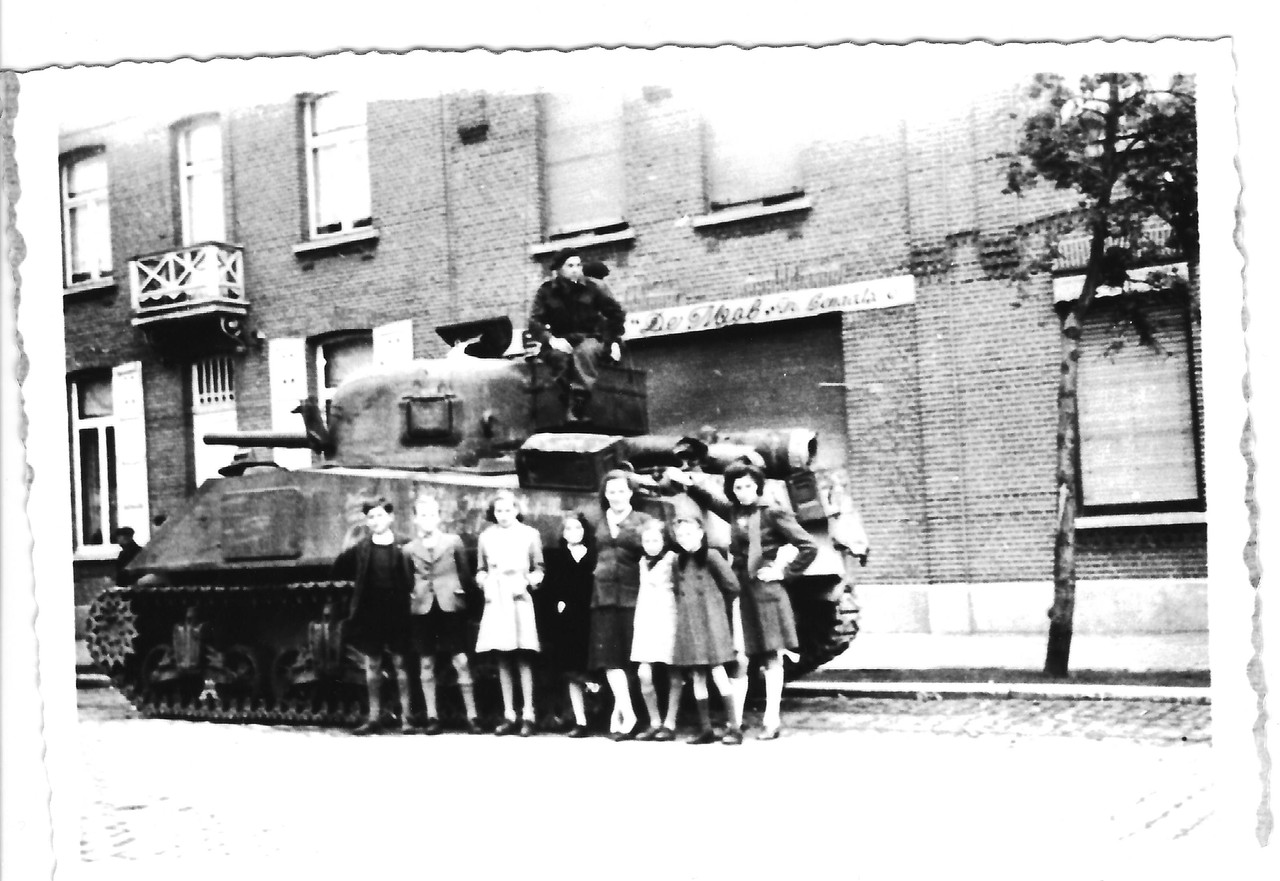On the night of 3 to 4 October, the shelling lasted almost 10 hours. Dozens of civilians did not survive the bombing. It was the toll of liberation. The Germans left the centre that night; the next afternoon the Canadian liberators arrived.
In the following weeks, fighting continued in the north of the municipality, where the Germans held out for a fortnight behind the Antitank ditch.
The liberators were carried on their hands. The joy was enormous, but there was also anger. Kapellenarians suspected of collaboration got a hard time during the street repression.
Traces of war on a war memorial
There were few visible traces of the liberation in Kapellen, except on the monument to the fallen of the First World War. The statue of Theo Blickx's grieving mother was damaged during the liberating bombardment. The hands had fallen off and there were traces of smashed shrapnel.
After the war, the municipality decided not to restore the statue. The monument honoured World War II victims from then on. On the back of the monument preach the names of fallen soldiers, resistance fighters and political prisoners from Kapellen.
